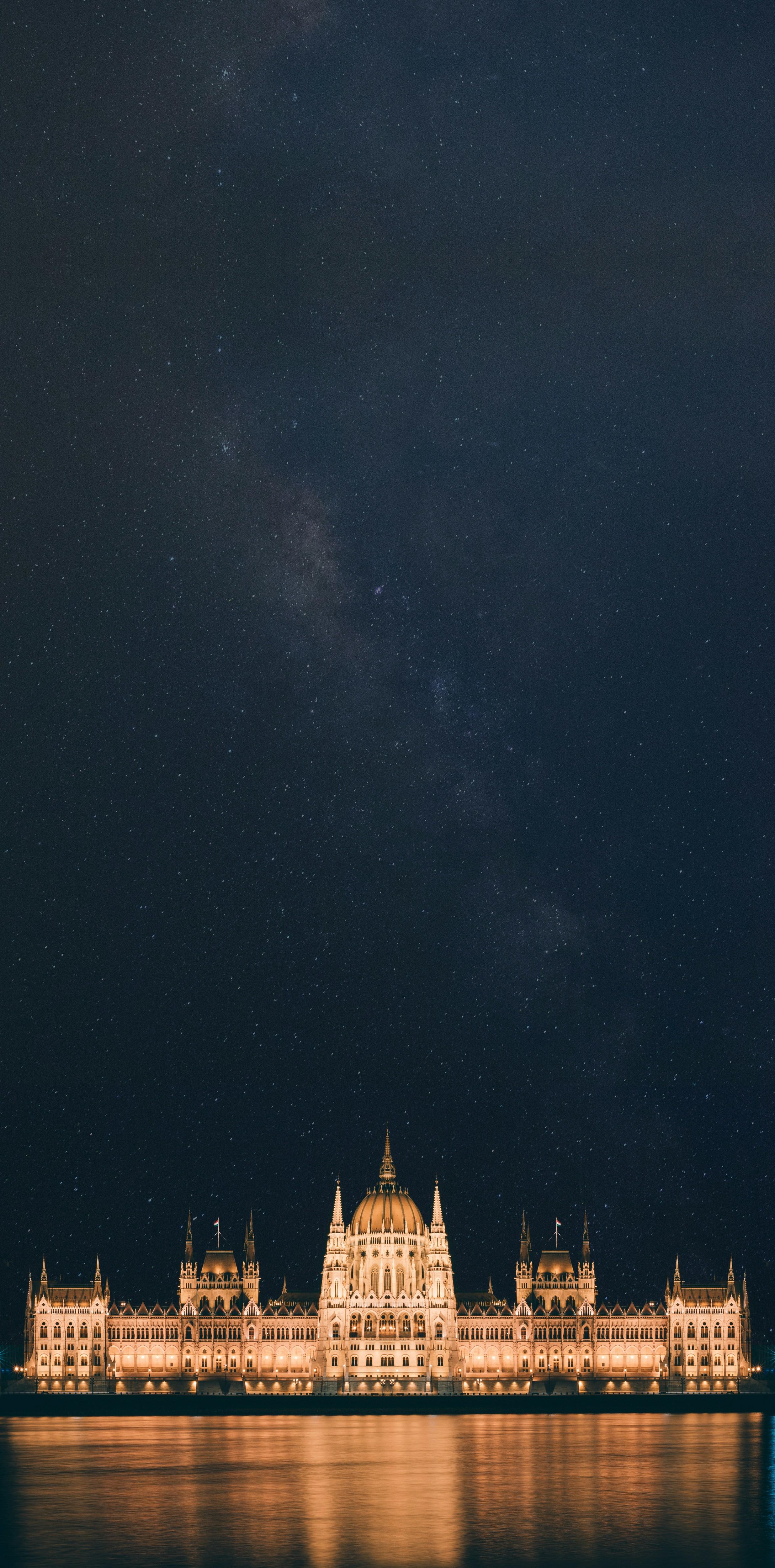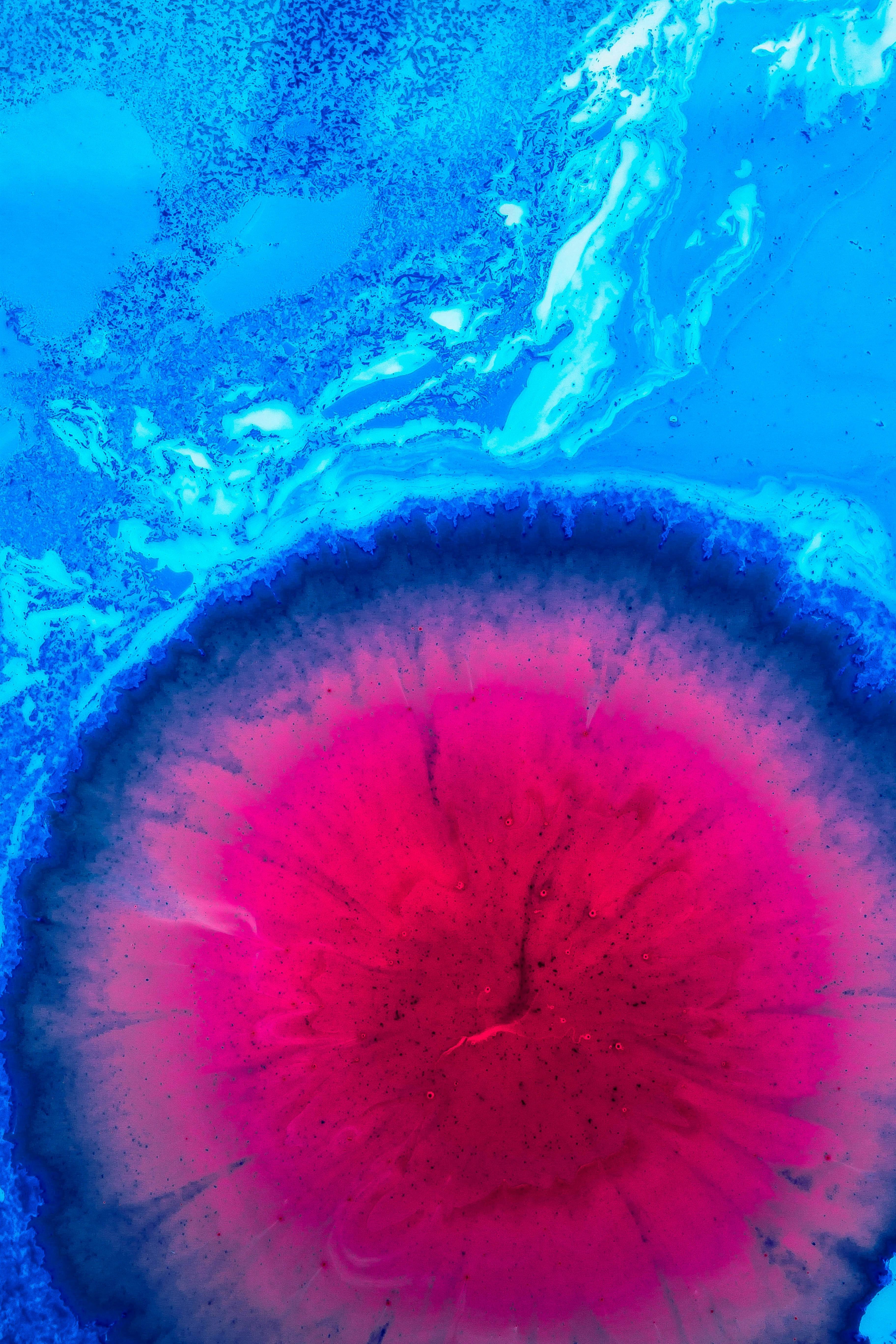Wes Anderson‘s “The Grand Budapest Hotel” is a cinematic tapestry that intertwines an intricate narrative with a distinctive visual style, creating a rich tableau for symbolic exploration. This film, set against the backdrop of a fictional European alpine state, captivates audiences not only with its whimsical plot and eccentric characters but also with its meticulously crafted aesthetic that serves as a conduit for deeper thematic resonance. Through an analytical lens, this article delves into the symbolism embedded within the film’s vibrant color palettes, symmetrical compositions, and period-specific design elements, examining how these visual components contribute to the overarching narrative and thematic concerns. By dissecting the interplay between form and meaning, we aim to uncover the layers of symbolism that elevate “The Grand Budapest Hotel” from a mere visual spectacle to a profound commentary on nostalgia, memory, and the passage of time.
Symbolic Representations and Their Influence on Narrative Themes
- Color Palette and Emotional Resonance: In ”The Grand Budapest Hotel,” the choice of colors serves as a symbolic device that reinforces the film’s narrative themes. The vibrant hues of pinks, reds, and purples not only create a whimsical visual aesthetic but also encapsulate the nostalgia and romanticism of a bygone era. The hotel itself, with its pink facade, becomes a metaphor for the opulence and grandeur of pre-war Europe, juxtaposed against the muted, darker tones that symbolize the encroaching shadows of political unrest and loss.
- Architecture and Temporal Layers: The architectural design within the film is meticulously crafted to reflect the layered storytelling approach. The Grand Budapest Hotel, with its symmetrical and ornate interiors, acts as a symbol of the intricate and multifaceted narrative. This layering is further emphasized through the use of framing devices and aspect ratios, each representing different timelines and perspectives. The shifts in architectural styles—from Art Nouveau to stark modernism—mirror the transitions in the narrative, underscoring themes of change, memory, and the passage of time.

Visual Aesthetics and Their Role in Storytelling
Wes Anderson’s The Grand Budapest Hotel is a masterclass in visual storytelling, where every frame is meticulously crafted to convey deeper meanings. The film’s visual aesthetics play a crucial role in enhancing its narrative, using color palettes, symmetry, and set designs to symbolize various themes and emotions. The choice of pastel colors juxtaposed with vibrant hues creates a whimsical yet melancholic atmosphere, reflecting the contrast between the hotel’s opulent past and its faded present. Symmetry in composition underscores the structured chaos of the storyline, often highlighting the characters’ quests for order in a world teetering on the brink of chaos.
Key elements of the film’s visual style serve as more than just eye candy; they are symbolic tools that enrich the storytelling. Consider the following:
– Color Coding: Different eras in the film are marked by distinct color schemes, subtly guiding the audience through the timeline and mood of each period.
- Architecture and Set Design: The grandeur of the hotel itself is a character, representing the lost elegance of a bygone era.
– Costume Design: The characters’ attire often reflects their personality and social standing, contributing to the film’s narrative depth.
Through these artistic choices, Anderson not only tells a story but also invites viewers to explore the layers of symbolism embedded in the film’s visual tapestry.

Color Palette as a Tool for Emotional Resonance
In The Grand Budapest Hotel, Wes Anderson masterfully employs a vibrant color palette to evoke specific emotional responses from the audience, using color as a visual language that transcends spoken dialogue. The film’s distinct hues are not merely aesthetic choices but serve as a crucial storytelling device, immersing viewers in the whimsical yet poignant world of the fictional Republic of Zubrowka. Pink, purple, and red dominate the screen, each shade meticulously selected to symbolize themes of nostalgia, romance, and impending danger. These colors resonate on a subconscious level, guiding the audience through the complex emotional landscape of the narrative.
- Pink: Represents the whimsical charm and romantic allure of the hotel and its past.
- Purple: Symbolizes the grandeur and mystery surrounding the hotel’s rich history.
- Red: Acts as a harbinger of conflict and danger, underscoring moments of tension and suspense.
The strategic use of these colors not only enhances the visual appeal but also anchors the film’s emotional core, allowing audiences to feel the weight of its themes without overt exposition. Through this careful orchestration of color, Anderson crafts a narrative experience that is both visually and emotionally resonant, inviting viewers to delve deeper into the underlying symbolism of the film’s vibrant tapestry.

Architectural Design and Its Reflection of Historical Context
Wes Anderson’s “The Grand Budapest Hotel” serves as a rich tapestry of architectural design that intricately mirrors its historical context. The film’s visual style is a reflection of the opulent yet tumultuous era of the 1930s in Europe, blending elements of Art Nouveau, Art Deco, and traditional Eastern European architecture. Art Nouveau is showcased through the hotel’s lavish interiors, characterized by elaborate ornamentation and flowing lines, which capture the elegance and extravagance of the pre-war period. In contrast, Art Deco influences can be observed in the streamlined geometric forms and bold color schemes that dominate the hotel’s facade, reflecting the modernist aspirations of the time.
The hotel’s design is not merely aesthetic but serves as a symbolic representation of the socio-political landscape of Europe during this era. Key elements that embody this symbolism include:
- The hotel’s grandeur, which represents the height of European aristocracy and cultural sophistication.
- The transition from opulence to decay, mirroring the political instability and impending war.
- The use of symmetrical and orderly designs that contrast with the chaos of the unfolding historical events.
By examining these architectural choices, viewers gain insight into the cultural and historical influences that shaped this period, making the film a poignant reflection of its time.
